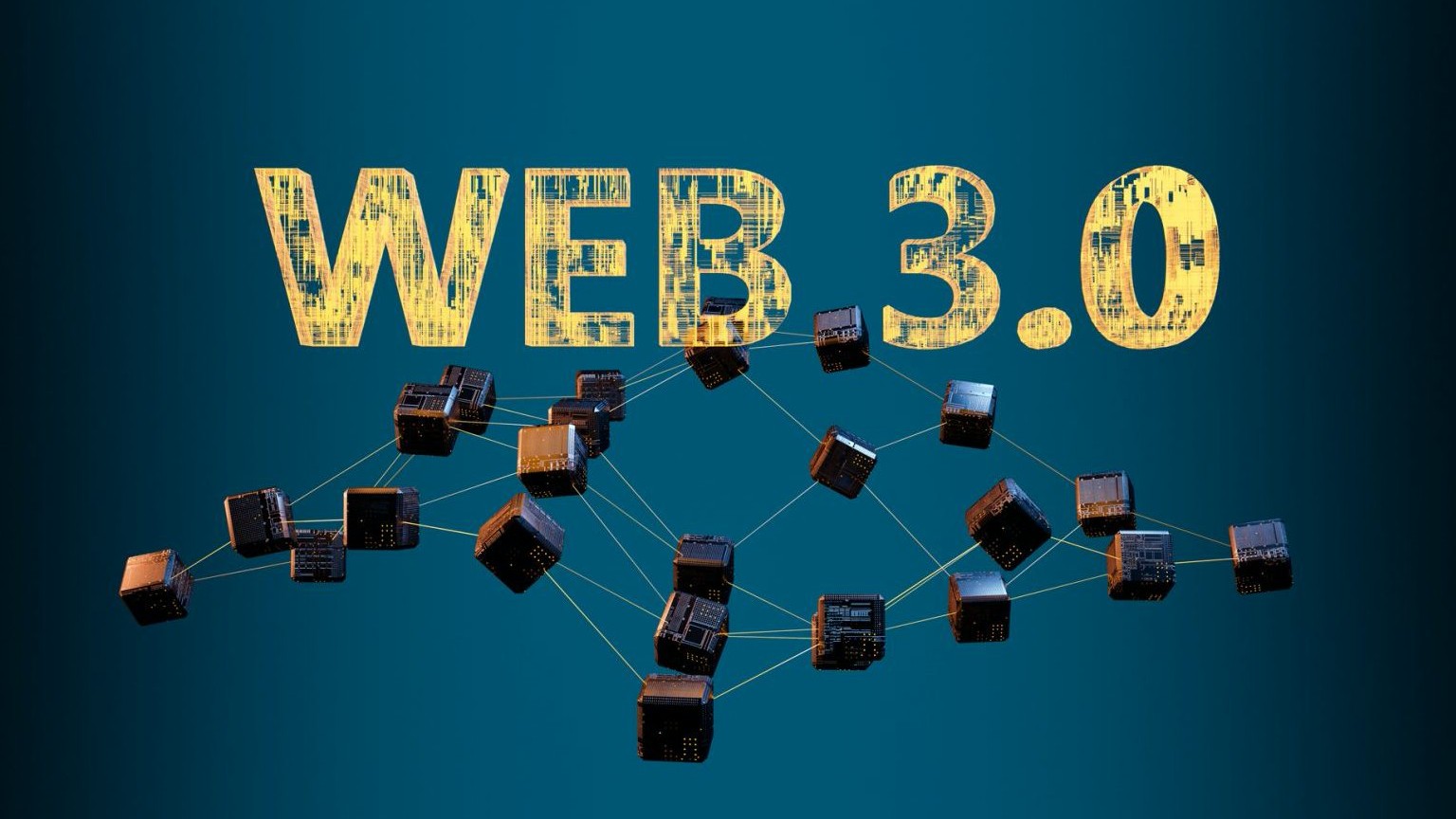
Web3 innovations include blockchain, cryptocurrencies, decentralized finance (DeFi), non-fungible tokens (NFTs), and decentralized autonomous organizations (DAOs) which are some of the trending topics now.
The limitation of Web1 and Web2
The essence of Web1 is free information sharing. For the first time, people can share information (mainly text and pictures) through the Internet. In other words, Web1 is an era of the great interconnection of information. Next, Web2 is introduced which allows fast access to goods and services (not just information) besides fast connection with everyone. At this time, opinions, and news, can be quickly disseminated between people and institutions. However, Web2 has caused the platform to become highly centralized.
What is the change of Web3?
Web3 depicts a decentralized, transparent and interoperable platform for an ordinary user, or a developer of the platform applications to be able to share the value. As a result of that, cryptocurrencies have emerged, and users can obtain cryptocurrency rewards by contributing to the platform - such as the most classic Bitcoin mining reward, and the cryptocurrency itself can also become the external manifestation of the user's identity on the platform.
Web3 has redefined behaviours, users and incentives. From the point of view of behaviour, retailers, brands, and communities need direct participation i.e. purchase activities and non-purchasing behaviours such as leaving messages, participating in community activities, etc from users. At the same time, the definition of users has been expanded due to the redefinition of behaviour. Thus, buyers, creators or participants are considered users. In terms of incentive methods, it is seen that some Web3 projects allow participants to obtain not only points, discounts or other monetary rewards but also cryptocurrencies.
All in all, the Web3 era is also considered “the era of community”, which is the "co-creation and value sharing by members".



